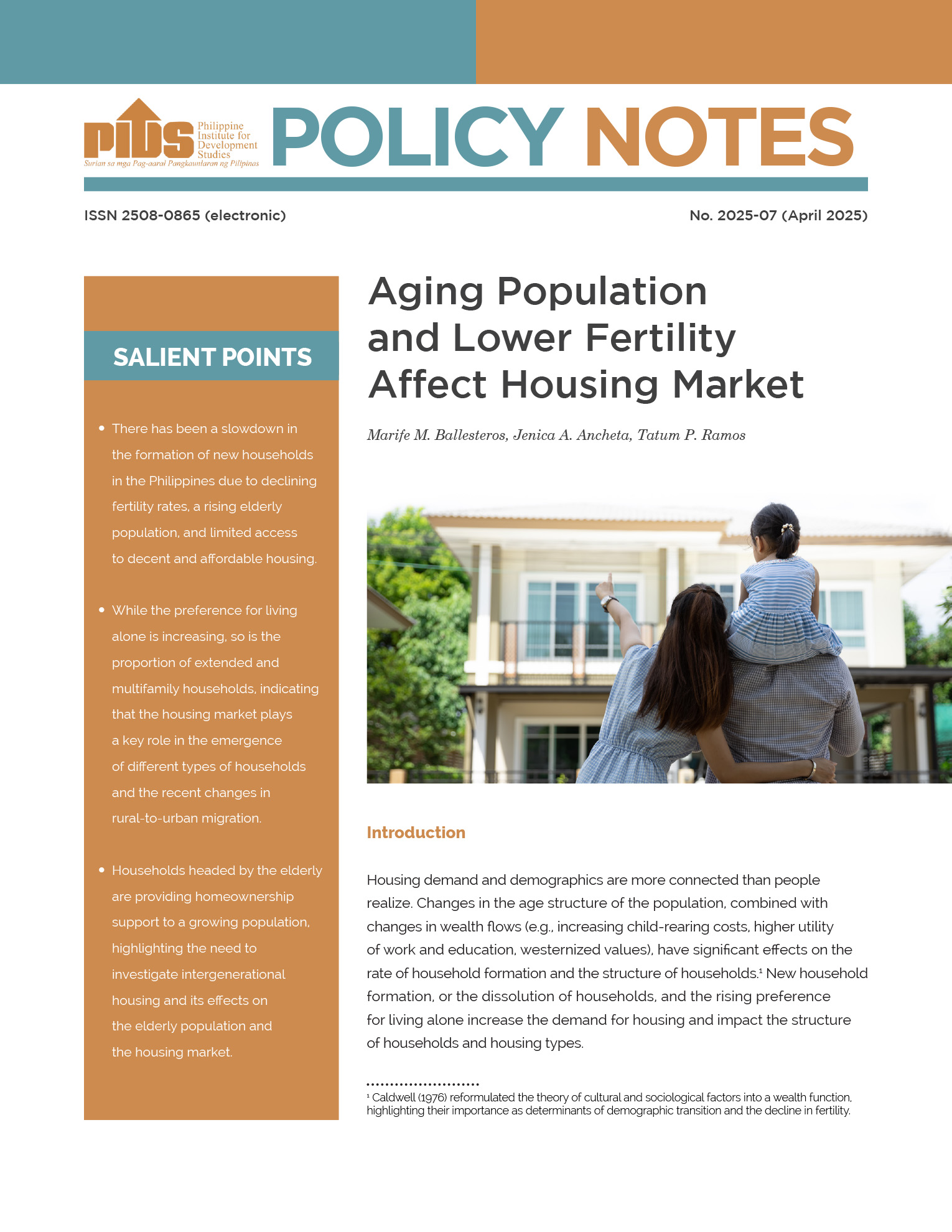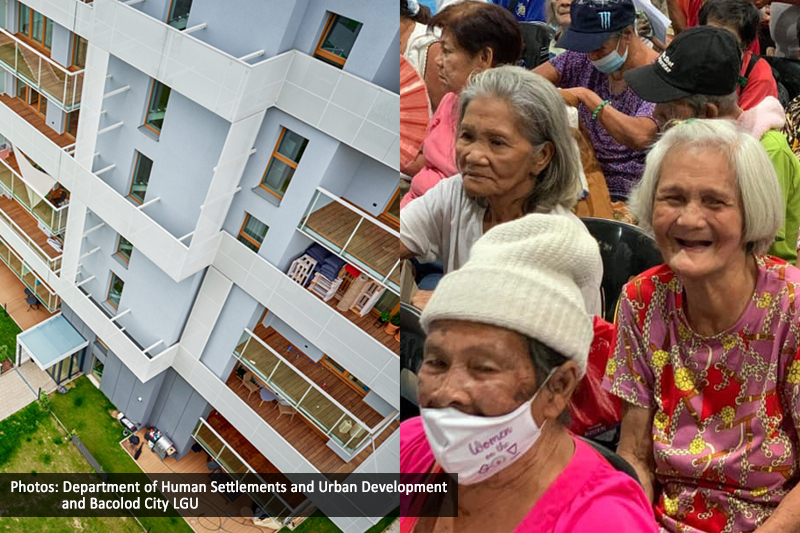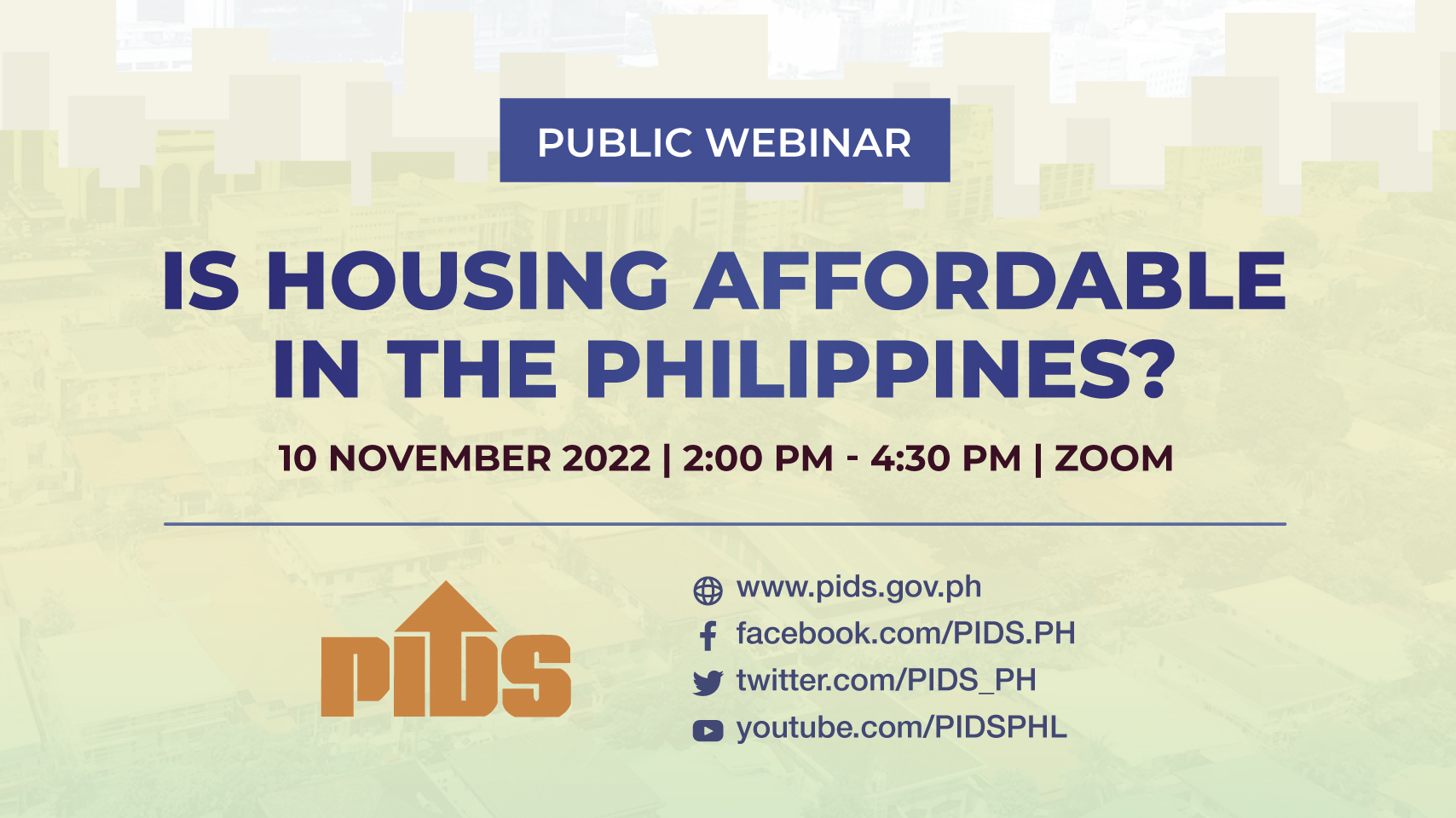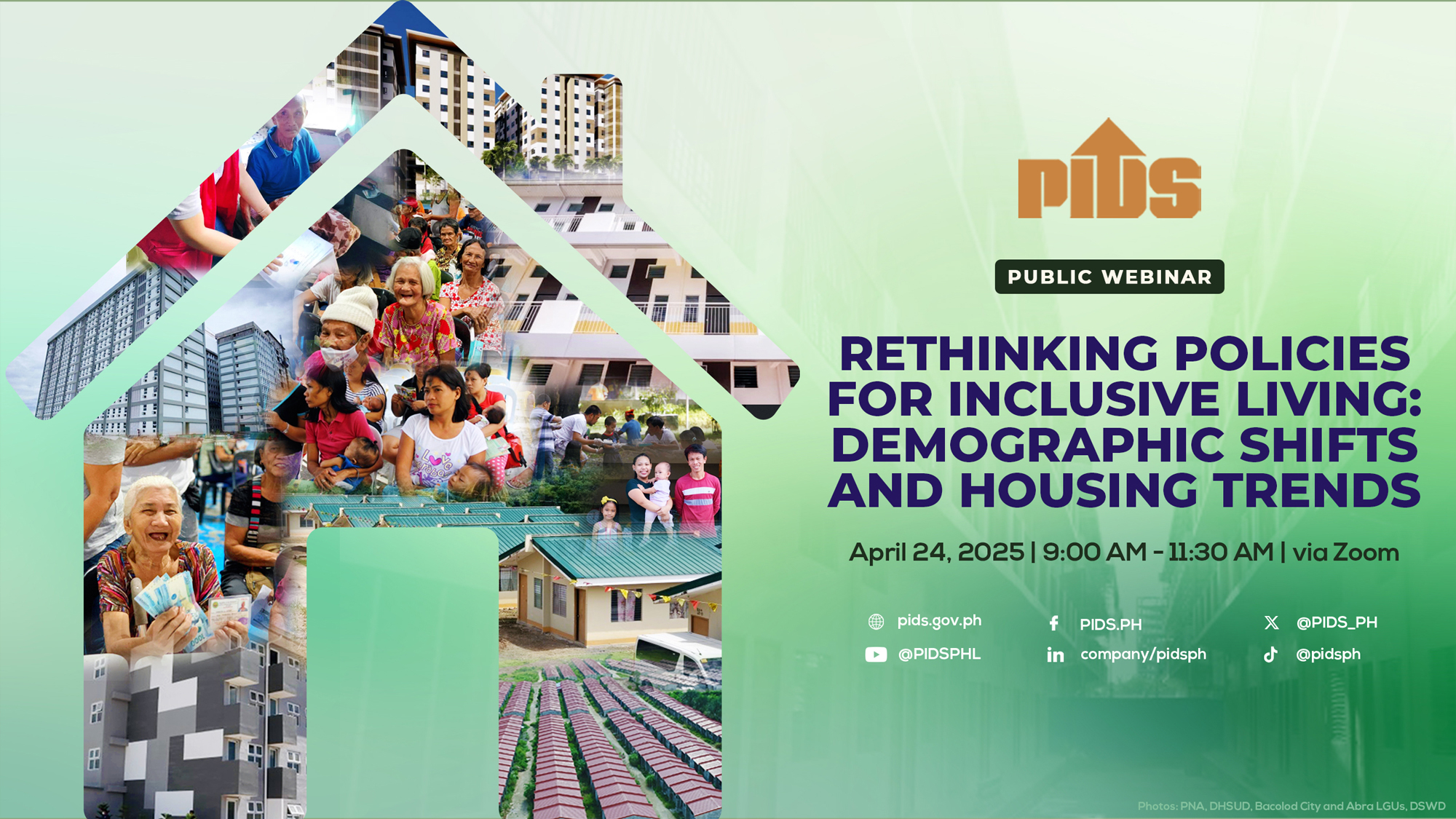After months of extensive review, the Department of Human Settlements and Urban Development (DHSUD) and the National Economic and Development Authority (Neda) have agreed to raise the “outdated” price ceilings for the government’s urgently needed socialized housing and condominium projects. By increasing the price cap to more accurately reflect escalating construction and development costs since 2018, the government agencies hope to entice the private sector to participate more actively in the Marcos administration’s “Pambansang Pabahay para sa Pilipino” (4PH) program.
As Housing Secretary Jose Rizalino Acuzar and Neda Secretary Arsenio Balisacan stressed in their joint memorandum, the current price limits for socialized housing “no longer responds adequately to prevailing market conditions, including rising development and construction costs, thereby discouraging the private sector from building affordable houses for low-income and underprivileged families.”
After considering factors such as affordability for buyers and the impact on the property development sector, socialized subdivision projects now cost a maximum of P850,000 from the current P580,000 for units with a minimum floor area of 28 square meters. The price ceiling for a four-story socialized condominium project is now set at P933,320 for a 22 sqm unit; P1.06 million for 25 sqm, and P1.145 million for 27 sqm units. For condominium projects at five to nine stories high, the new price ceiling was set at P1 million for 22 sqm, up to P1.227 million for 27 sqm. For vertical projects with at least 10 floors, 22 sqm units are capped at P1.32 million, P1.5 million for 25 sqm, and P1.62 million for 27 sqm units. If land development is included, the price ceiling for socialized condominium projects is set at P1.8 million.
The price ceiling adjustments came on the heels of President Marcos’ issuance in July of Executive Order No. 34 that declared the DHSUD’s 4PH mass housing project as a “flagship” program. The agency expressed confidence that being listed as a top priority and with updated price ceilings, the housing program would “prompt active participation of and much-needed investments from private contractors and developers.”
The Philippine Institute for Development Studies noted that private sector investments in the mass housing sector have been steadily declining. Developers could no longer recoup their costs or make a decent profit at previous price caps.
Admittedly, there is no assurance that even with the adjusted price ceilings, private developers would rush headlong into clearing the housing backlog pegged at 6.658 million units as of June 2023. Of this, 3.753 million are meant for informal settler families. After all, raising the price ceiling means that these housing projects are now further out of reach of the target market—primarily the minimum wage earners or families earning a combined P25,000 a month.
Indeed, wages have not risen in lockstep with the soaring prices of basic goods and services, leaving potential buyers with hard choices that include giving up on their dream house. With no affordable financing option for housing in sight, private developers face the risk of investing in projects with no qualified takers. This is the major obstacle that the government should consider in raising the price ceilings. While this would seem to address the problem of profitability of private developers, the government must take into account that this could put the promised socialized housing way beyond the reach of the ordinary employees. This is certainly not for the minimum wage workers who, as pointed out in a recent House hearing, has no means to afford the monthly amortizations set for the lowest housing loans.
Then there is the issue of location. Even at increased prices, socialized housing projects are bound to be constructed further away from urban centers where real estate is at a premium, given that employment opportunities are concentrated in these areas. With lower income families forced to stay in informal settlements, the Metro Manila housing backlog is bound to stay at over 3.37 million units. This complication would likely derail the government’s ambitious goal of providing as many as 30 million Filipinos across the country with a roof over their head by the time Mr. Marcos leaves office in 2028.
Meeting this target means the construction of at least one million low-cost or affordable housing units a year for a combined 6.15 million units in the next five years. Given these constraints, the Marcos administration must consider issuing complementary policy directives to spur housing developments in areas where they are most needed. These include extending low-cost and longer-term financing to low income groups, and allotting a bigger budget for government housing projects, to spare itself unnecessary grief should it pin all its hopes of solving the housing problem on the private sector.












